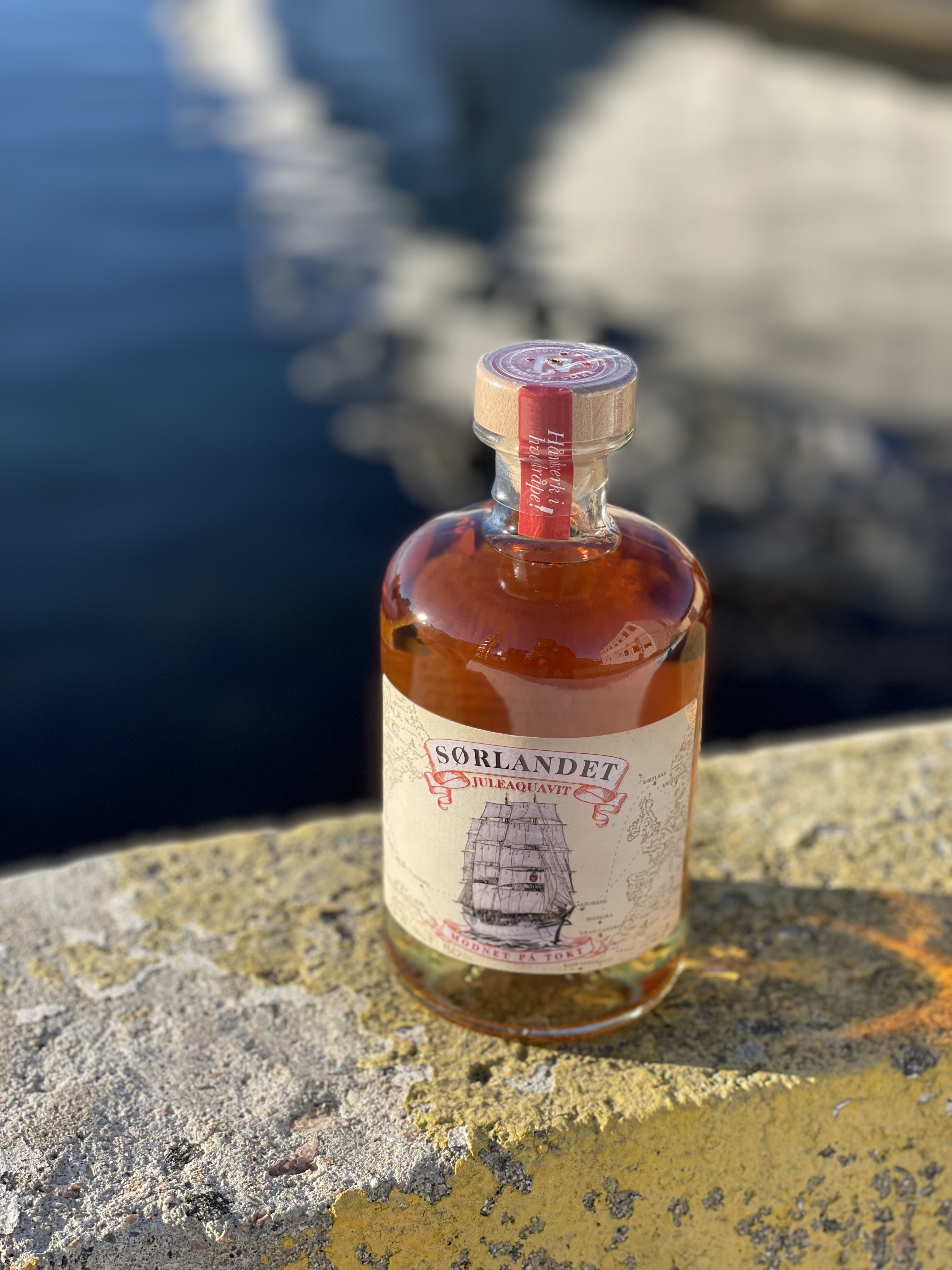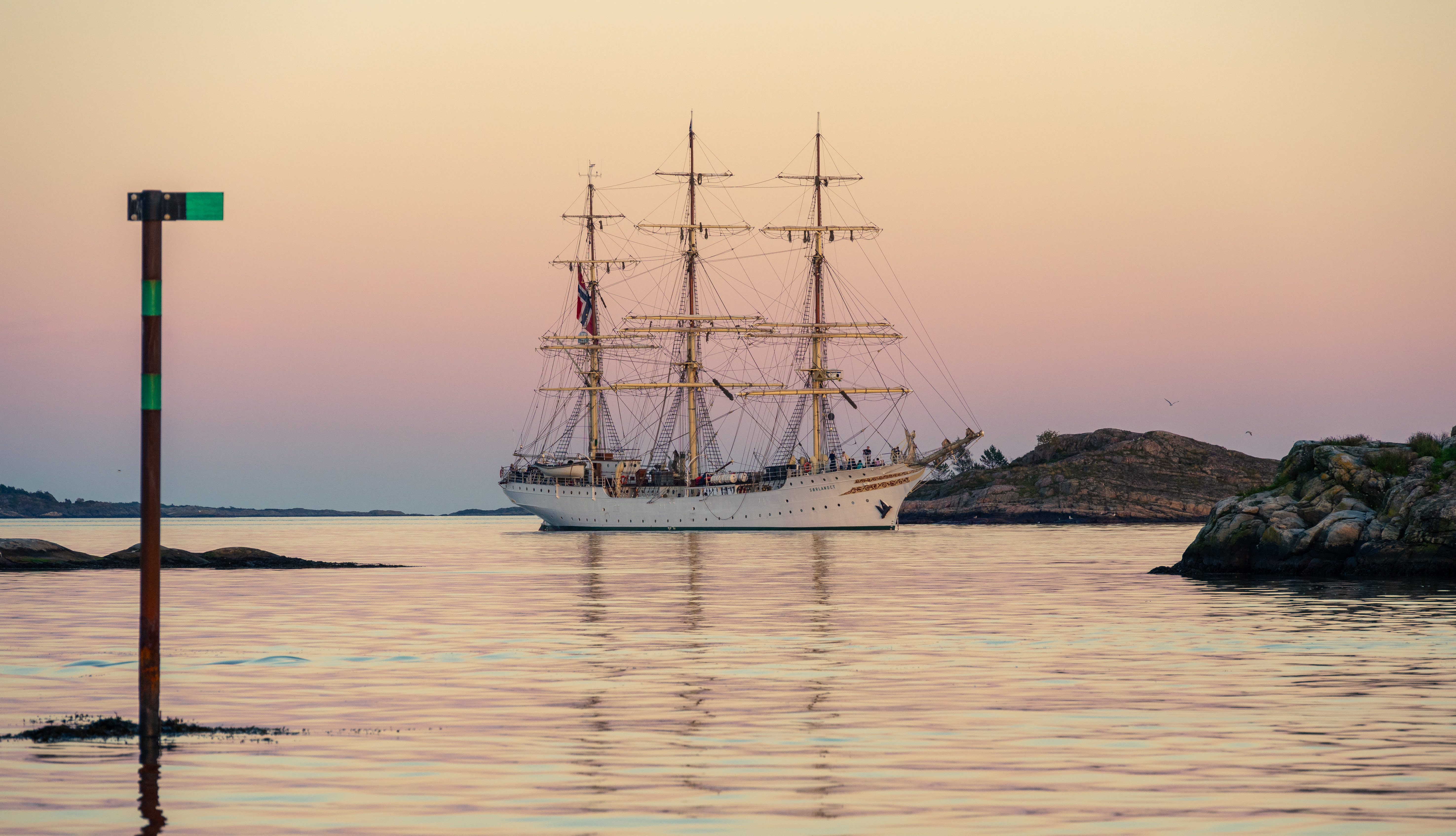What does it really mean?
Where do familiar expressions actually come from? In this article we mention different Norwegian words and phrases with maritime origin.

"Å klare brasene"
"Han klarer brasene" we say of a person who masters demanding tasks and overcomes difficulties. To pull through, to stand the gaff.
The word bras, by the way, is not completely out of our modern language in its original meaning. On a modern sailboat, the rope that runs from the lo corner of the spinnaker is still called through the eye of the spinaker boom for the breeth.
Bras is a French word meaning arm. In Latin bracchium, hence "viola da bracchio" – viola – meaning "arm violin".
- Source: Nøtterøy historielag
Shot across the bow
Setback, decisive kink. Warning. A shot to the bow is essentially a sharp shot in front of a ship to make it stop or turn. There is a final warning where it is manifested that the ship is within range of the cannons on a fort or other ship.
Example of this can be read in Norway's Maritime Times 26.8.1893, which refers to a new regulation for foreign ships' access to Austria's port locations: "Any foreign War Skib, which comes in front of a Befæstnings Skudvidde, shall display the Flag. Udelades this, first gives a loose and then a sharp Skud in front of the Bow. If this warning is not not addressed, Skibet is treated as enemy" (". The shootings in Sarajevo 21 years later, were a shot to the bow of Austria as a seafaring nation; a country that was completely without ports after the war.
- Source: Klisjeer
Loose cannon on deck
A loose cannon is an erratic person, one who you have no control over what is going to do. Specifically, it refers to cannons aboard sailing ships that, if they struggled from their attachment, could do great damage rolling over the deck.
- Source: Klisjeer
Posh

Posh is often used in Norwegian everyday speech. It is originally English and is often used instead of snobbish, "nice".
A popular theory, however, claims that the term is an acronym for "Port out, starboard home" - i.e. port on the departure, starboard homeover -, It describes the cooler, north-facing cabins that were taken by the most aristocratic or rich passengers who travelled from the UK to India and back. However, there is no evidence of this claim.
"Nå går det på stumpene"

'Stumper' is a maritime expression from the sailing ship era. Slightly older dictionaries define them as mersseil on a full rigged ship . It is a sailing ship where the sails are mounted on yards across the masts, and stumpene are, by one definition, the lower sails, according to another the two middle of the sails on a square rigged mast.
"Når det går på stumpene", or when «seiler for bare stumpene», the last stage is before the ship has to sail for the rig only. Saving "stumpene" therefore means literally taking in the last lobes of the royal and topgallant sails before they blow to pieces. It is easy to understand that this expression can be easily used transmitted about pressed situations. In this respect, it coincides with other sea expressions that perish or ground — something we can say about projects or plans that – yes, precisely – strands. If, on the other hand, a dynamic leader orders full sails, land crabs also understand what he means.
- Source: Aftenposten
"Nå går det for stumpene" we say and believe that now we take out our last powers, now it's just before everything breaks down. A sailing ship had up to seven sails over each other at each mast. How many of these one could lead depended on how much it blew. As the wind increased, sails after
sails abandoned and lashed to the raw. In the end– when it blew a storm – there was only one sail left, namely topgallant sail which was called stumpen.
Thus, gå for stumpene was tantamount to riding off a storm, and is still what we in transferred meaning mean by the expression. Many say to go on stumpene, but this is a misunderstanding that can only be caused by a lack of knowledge of the origin of the expression.
- Source: Nøtterøy historielag
" Splitte mine bramseil "

It's probably originally about bramseil that multiplies in storms. Bramseil and røyl were the top sails on the fully rigged ships in the old days.
Today, the phrase serves as a humorous alternative to "gee," "fytterakkern" and other expressions of power.
Ordbog over Det Danske Sprog has the phrase "split my top sails" from the 1850s. It is uncertain how old the equivalent of bramseil is. Jonas Lie wrote in 1892 « splitte min bramstang ». In Norwegian writing culture we find « splitte mine bramseil » first in a Petterøe commercial from 1925. Later, it has probably been more used in fiction and comics than ( seriously ) at sea.
- Source: Språkrådet
.png)

.jpg)




